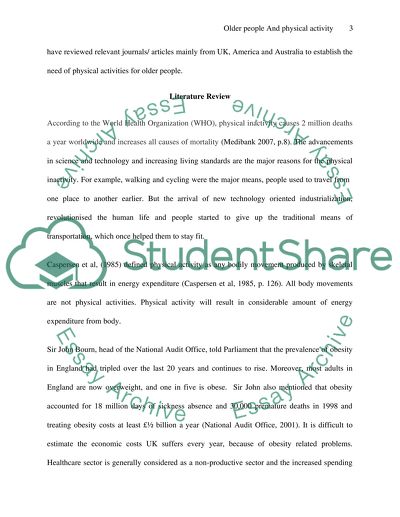Cite this document
(Levels of Physical Activity and Older People Literature review, n.d.)
Levels of Physical Activity and Older People Literature review. Retrieved from https://studentshare.org/health-sciences-medicine/1563516-literature-review-relating-to-levels-of-physical-actiity-and-older-people
Levels of Physical Activity and Older People Literature review. Retrieved from https://studentshare.org/health-sciences-medicine/1563516-literature-review-relating-to-levels-of-physical-actiity-and-older-people
(Levels of Physical Activity and Older People Literature Review)
Levels of Physical Activity and Older People Literature Review. https://studentshare.org/health-sciences-medicine/1563516-literature-review-relating-to-levels-of-physical-actiity-and-older-people.
Levels of Physical Activity and Older People Literature Review. https://studentshare.org/health-sciences-medicine/1563516-literature-review-relating-to-levels-of-physical-actiity-and-older-people.
“Levels of Physical Activity and Older People Literature Review”, n.d. https://studentshare.org/health-sciences-medicine/1563516-literature-review-relating-to-levels-of-physical-actiity-and-older-people.


